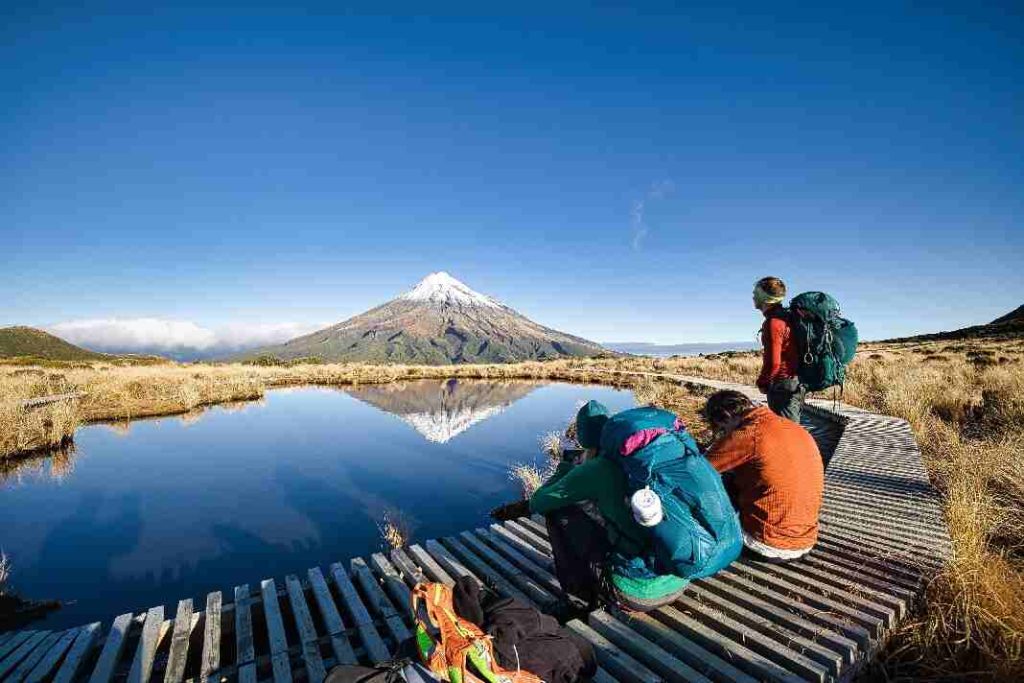Monday, June 17, 2024 The New Zealand government is considering a substantial hike in the international visitor conservation and tourism levy (IVL), raising it from the current $35 to $100 per visitor. It is a bold move to redistribute tourism costs. This proposal, first introduced by the Labour government in 2019 to support tourism infrastructure and conservation efforts, seeks to alleviate financial burdens on taxpayers and ratepayers.
The tourism sector, a cornerstone of New Zealand’s economy, has historically contributed approximately $17.5 billion annually. However, the COVID-19 pandemic prompted a critical reassessment of the industry’s sustainability and economic contributions.

With international visitor spending now showing an 18% increase over pre-pandemic levels, discussions about the strategic direction of tourism have gained urgency. Central to the debate is whether New Zealand should prioritize attracting high-spending tourists or pursue a broader, more inclusive tourism model. This dilemma underscores deeper questions about national identity and the environmental impact of mass tourism.
Tourism New Zealand has championed a shift towards “high-value” tourism experiences, advocating for longer stays and greater expenditures per visitor. This approach aims to mitigate overcrowding in popular destinations and enhance the quality of tourist interactions with New Zealand’s natural and cultural heritage. Critically, the proposed levy increase has sparked conc.
















